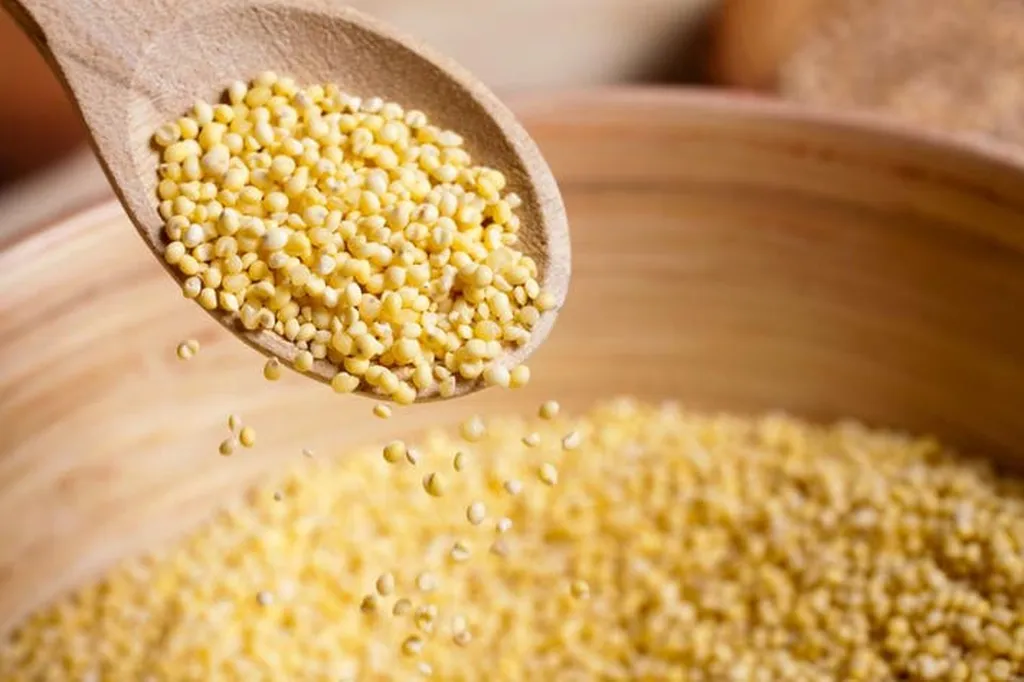In the heart of India, a treasure trove of sesame seeds is unlocking secrets that could reshape the future of agriculture and the energy sector. A team of researchers, led by Pradeep Ruperao from the Center of Excellence in Genomics and Systems Biology at the International Crops Research Institute for the Semi-Arid Tropics (ICRISAT), has developed a composite core collection (CCC) from 5,856 sesame accessions conserved in the Indian National Genebank. This breakthrough, published in the journal BMC Genomic Data, translates to “Chinese Medicine Genetic Data” in English, is not just a scientific milestone but a beacon of hope for farmers, breeders, and the energy sector.
Sesame, a crop with a rich history dating back thousands of years, is more than just a condiment. It’s a source of vegetable oil, a vital component in the food industry, and a potential biofuel source. However, the crop faces challenges such as disease, stress, and low yield. The newly developed CCC aims to address these issues by capturing maximal genetic diversity from the vast collection of sesame accessions.
The research team used next-generation sequencing (NGS) to generate over 2.16 Terabases of sequence data, with each sample averaging 1.2 million reads. This massive data set allowed them to identify a set of 1,768 sesame accessions that represent the genetic diversity of the entire collection. “This composite core collection is a valuable resource for researchers and breeders,” Ruperao explained. “It will facilitate sesame improvement for traits such as yield, disease resistance, stress resilience, and nutritional content.”
The implications of this research are far-reaching. For the energy sector, the development of stress-resistant and high-yielding sesame varieties could open up new avenues for biofuel production. Sesame oil, with its high energy content, is a potential candidate for biodiesel. Moreover, the CCC could aid in trait discovery and association studies, paving the way for the development of sesame varieties tailored to specific environmental conditions.
The composite core collection is not just a tool for breeders but also a stepping stone towards food security. As the global population continues to grow, the demand for vegetable oil is set to increase. By improving sesame varieties, researchers are not just enhancing the crop’s yield and resilience but also contributing to the broader goal of food security.
The development of the sesame composite core collection is a testament to the power of genomics in agriculture. It’s a story of how data, technology, and science are coming together to address some of the most pressing challenges of our time. As Ruperao put it, “This work is a significant step towards utilizing genetic resources efficiently and effectively.”
In the coming years, we can expect to see the impact of this research ripple through the agricultural and energy sectors. The sesame composite core collection is more than just a set of accessions; it’s a catalyst for change, a beacon of hope, and a testament to the power of science. As we stand on the brink of a new era in agriculture, one thing is clear: the future of sesame, and indeed, the future of food, is looking brighter than ever.

